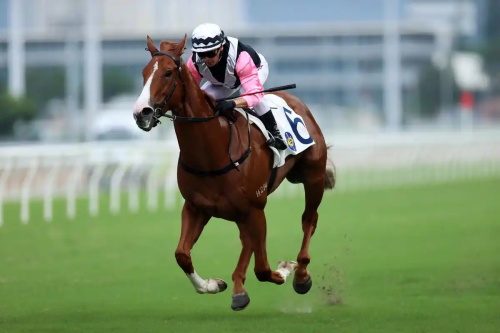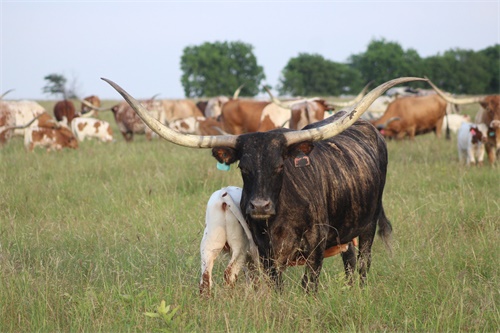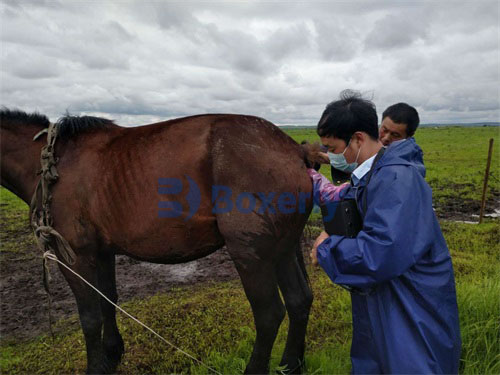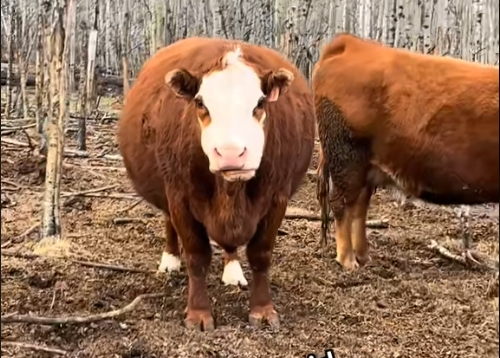As someone who works closely with performance horses, I’ve seen firsthand how musculoskeletal health makes or breaks an athlete’s career. Whether we’re talking about an eventer galloping cross-country, a show jumper clearing 1.60m fences, or a dressage horse performing extended trot, their bones, joints, tendons, and muscles are under constant stress. The margin between peak performance and career-ending injury is razor thin, and that’s where careful observation, early diagnostics, and smart management come in.

Understanding the Demands on the Sports Horse
Sports horses operate at a physical level far beyond the average riding horse. Each discipline loads the musculoskeletal system differently:
Jumpers need explosive power in the hindquarters.
Dressage horses require extreme flexibility and engagement through the back.
Eventers demand endurance and adaptability over varying terrain.
Even with perfect training and nutrition, repetitive strain and microtrauma accumulate. Over time, these can develop into tendon lesions, joint inflammation, or bone stress injuries.
Common Musculoskeletal Disorders
In practice, a handful of conditions account for the majority of lameness cases in competition horses.
| Condition | Mainly Affects | Typical Cause | Key Diagnostic Tools |
|---|---|---|---|
| Superficial digital flexor tendon (SDFT) injury | Forelimbs | Overextension during fast work or jumping | Ultrasound, palpation |
| Suspensory ligament desmitis | Fore or hind limbs | Repetitive loading, poor hoof balance | Ultrasound, MRI |
| Osteoarthritis (degenerative joint disease) | Fetlock, hock, stifle | Chronic wear, joint instability | Radiography, joint block |
| Stress fractures | Cannon bone, pelvis | Intense work without adequate recovery | Bone scan, radiography |
These aren’t just “injuries” — they’re performance-limiting conditions that, if missed early, can sideline a horse for months or permanently.
Why Early Detection Matters
The earlier a problem is identified, the better the chance of full recovery.
I often explain it to owners like this: think of a tendon injury as a frayed rope. If you stop using it right away, you can repair it before it snaps. If you keep loading it, the damage becomes irreversible.
That’s why regular performance evaluations — both in and out of competition season — are essential.
Diagnostic Approach in the Field
A thorough lameness work-up for a sports horse usually follows a structured path:
History and Observation – Listen to the rider’s feedback, watch the horse in motion, and note any gait asymmetry.
Palpation – Feel for heat, swelling, or pain response in limbs and back.
Flexion Tests – Isolate specific joints and evaluate response.
Nerve and Joint Blocks – Pinpoint the source of pain.
Imaging – Use ultrasonography for soft tissue, radiographs for bone, and MRI/CT for complex cases.
Ultrasonography, in particular, is a workhorse in diagnosing tendon and ligament problems. A good, detailed scan lets you see the fiber pattern, measure lesion size, and monitor healing over time — without adding any risk to the horse.
Rehabilitation and Recovery Principles
Once a diagnosis is made, the focus shifts to controlled recovery. Here’s where I see many owners make mistakes — either pushing too hard too soon or keeping the horse completely idle for too long.
A balanced rehab plan usually includes:
Controlled hand-walking in the early phase to stimulate circulation without overstressing tissues.
Gradual reintroduction of trot and canter work based on follow-up imaging results.
Adjunct therapies such as shockwave, laser therapy, or regenerative medicine (PRP, stem cells).
Hoof balance corrections to reduce abnormal loading.
Following a tendon injury, I rarely clear a horse for full work before six months — and that’s if healing is optimal.
Preventive Strategies for Sports Horses
Keeping a horse sound in top-level sport isn’t luck; it’s systematic management:
Surface management – Train on well-maintained footing to minimize concussion and slipping.
Appropriate conditioning – Build workload progressively, avoiding sudden intensity spikes.
Regular farriery – Maintain correct hoof-pastern axis and limb alignment.
Bodywork and physiotherapy – Keep muscles supple and joints moving freely.
Routine imaging – Periodic ultrasound checks can reveal early micro-damage before it causes lameness.
Case Insight: The Early Catch That Saved a Season
A few months ago, I was called to look at a jumper that had started knocking rails. No obvious lameness, but the rider felt “something off” behind. Flexion tests were negative, but a quick ultrasound of the suspensory ligament showed subtle fiber disruption. We backed the horse off competition, treated it early, and three months later it was back in the ring — no permanent damage.
That’s the payoff of proactive diagnostics: you save careers, not just treat injuries.
The Takeaway for Owners and Trainers
For anyone managing a sports horse, musculoskeletal health should be treated like a constant balancing act between training demands and tissue recovery. Ignoring small signs often leads to big setbacks. Pairing good horsemanship with modern diagnostics — especially ultrasound — gives horses the best shot at long, successful careers.









